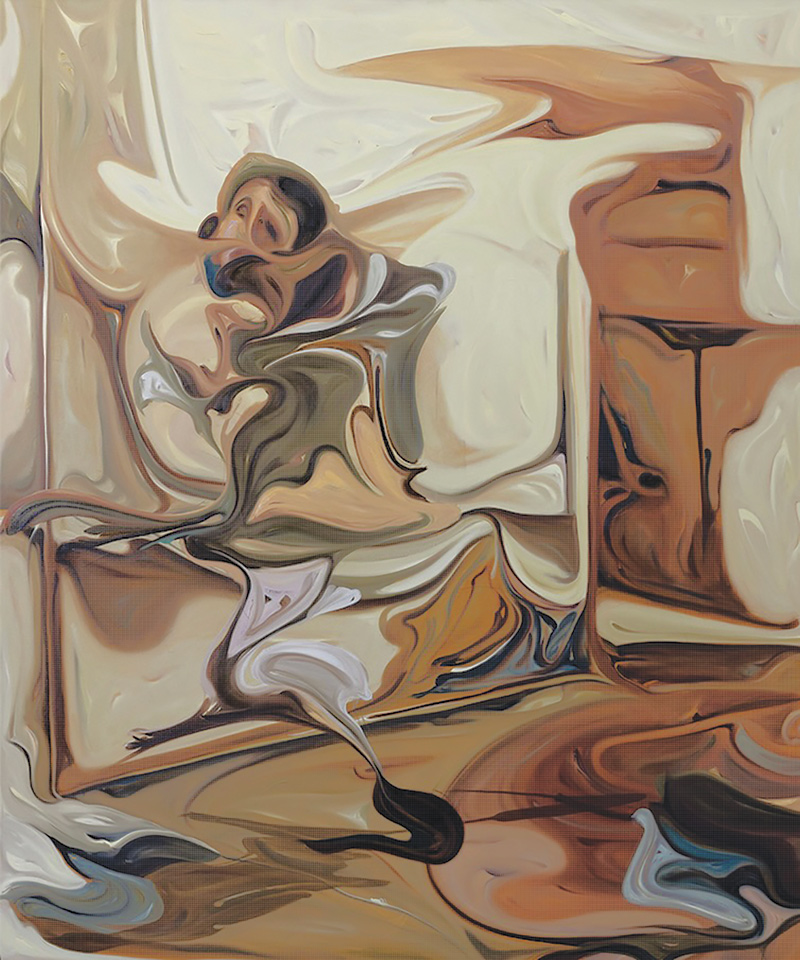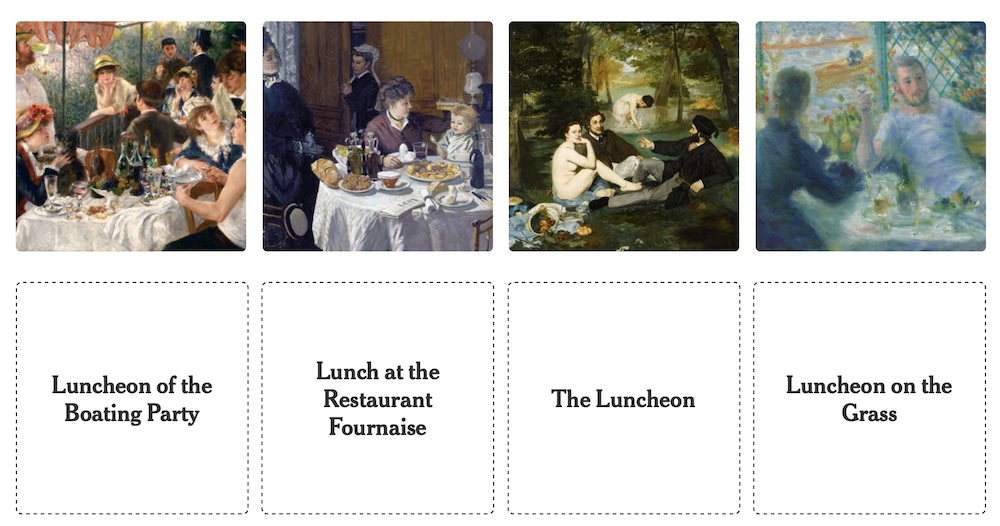Cultivating Winds of Change: The Ship of Tolerance Docks at Navy Pier for EXPO CHICAGO

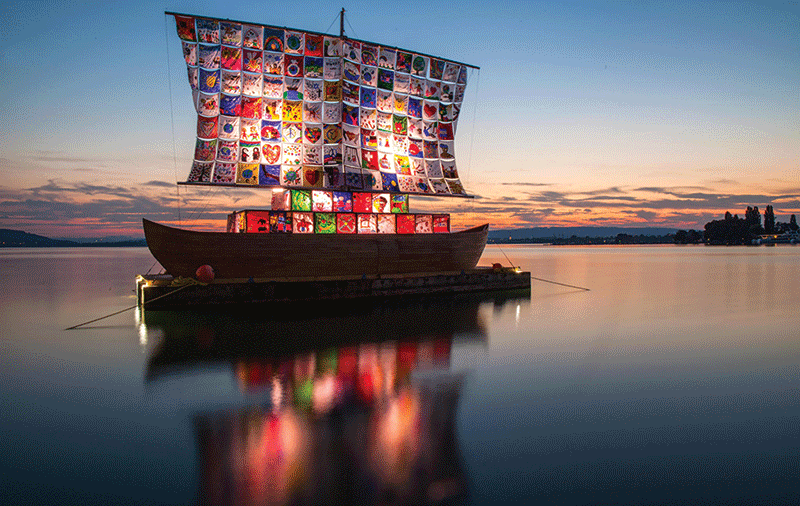
By GINNY VAN ALYEA
“People can communicate with culture. They don’t need language,” says artist Emilia Kabakov. Together with her artist husband, Ilya, the Kabakovs, two of Russia’s most famous artists, are working to heal communities from the inside out through an ambitious, utopian art project called the Ship of Tolerance, which has been growing in reach and reputation since 2005.
This September the ship’s port will be Navy Pier, where its launch will align with EXPO CHICAGO and the Chicago Architecture Biennial.
By building an ancient symbol of exploration and progress, the ship, in cities around the world, the Kabakovs have found a resonant means of constructive communication.
“All this war and misunderstanding comes from fear,” proclaims Emilia. “When we communicate and we eliminate fear, those problems will hopefully get better. That’s really important for children.”
When the Chicago Ship is finished, it will have been nearly two years in the works, an extension of the international program initiated by the Kabakovs, both of whom were born in the Soviet Union and eventually fled Communism — Emilia left in 1973, and Ilya in 1987. Married in 1992, today they consider the United States home.
Previous interpretations of the Ship have taken place in Siwa, Egypt; Venice; San Moritz; Sharjah, UAE; Miami; Havana; New York; Moscow; Zug, Switzerland; Capalbio, Italy and Rome.
The first version, in the oasis town of Siwa, was in a very old and isolated religious art community with a long history, “It’s like a story book – Alexander the Great went there,” recalls Emilia. “When we brought students from Manchester, England, with their teachers, to build the Ship of Tolerance in Siwa, on both sides they hadn’t met children from another country.” Today that ship, and the message it carries, is still there.

When the Kabakov’s sixth ship was being built in Cuba in 2012, Emilia remembers her granddaughter Orliana asked the children questions like, What did they think tolerance was? How could they improve the situation in the war? What did they prefer?
Originally the artists intended to construct two ships to be simultaneously unveiled in Miami and in Havana, to honor the cities’ close historical and cultural ties, but political factors prevailed. Instead one ship was based in Miami during Art Basel and another resided on the grounds of Old Havana’s historic fortress, Castillo de la Real Fuerza, during the Havana Biennial. One ship was eventually given to the Maritime Museum, where it reminds the two worlds to work together and talk about tolerance. Keeping the ship in a host city ensures the positive strides that were made do not recede.
Emilia says though the concept is simple, “The drawings are done by children, after they talk about tolerance,” organizing things is another story. Everyone involved in bringing the ship to Chicago – the project is partly a family affair, as the Kabakov’s daughter Viola is the concert organizer, and her daughter Orliana is the youth ambassador in Chicago – is very thankful for the help given by the teams at EXPO CHICAGO and Navy Pier to make it happen and build enthusiasm for the project.
Each ship must start with outreach to school children, ages 8 to 12, to discuss the meaning of tolerance and the merits of other cultures, races, and ideas. The children work with local teaching artists to expand on a variety of artistic as well as conceptual exercises. At the end of the workshop, they draw pictures that will become part of the installation. In Chicago MacArthur Middle School is one partner. “They saw it on the internet,” says Viola, “And when they heard we were coming they wanted to participate. We also have members of area churches, synagogues and mosques in Chicago participating.”
Viola stresses they make every effort to bring local children, and those from other cities and countries, together in a short period to put on an opening dance or music performance. The limited time means the kids must communicate with each other any way they can. For Chicago there was so much interest that several concerts will take place, since as many people as want to be a part of the project may participate.
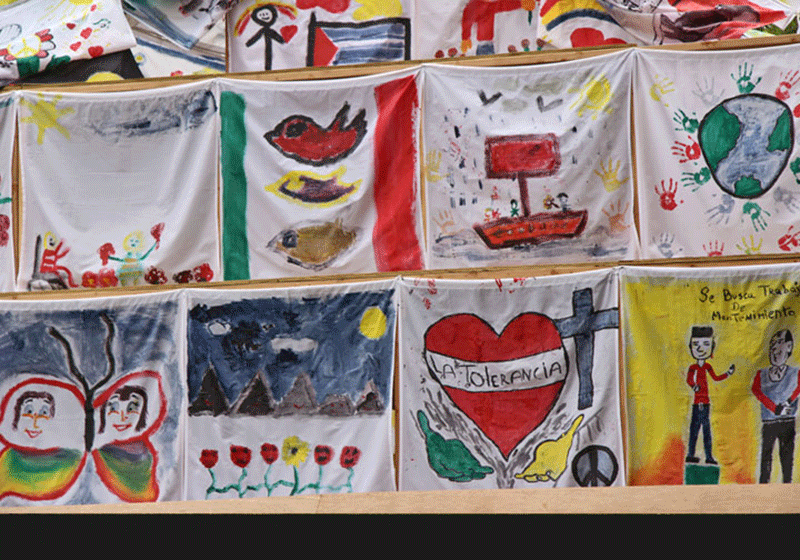
“When we started at MacArthur,” explains Viola, “we went to show them a video presentation of the ships and samples of the sails. We started the conversation about tolerance and how it affects their daily lives and we did it class by class. For the last five months they have been having this conversation and then producing the sails, which they send back to us in New York, where my parents decide which colors go on the mast of the ship.”
Even the ones that aren’t chosen are stitched together and displayed in various museums, in airports or on the street, so children have the opportunity to see their work everywhere.
When the sails are ready, a team of master carpenters from Manchester arrives to start building the wooden ship – based on the Kabakovs' design – from the keel up, hopefully also working with local teenage volunteers, who learn carpentry skills as well as cooperation.
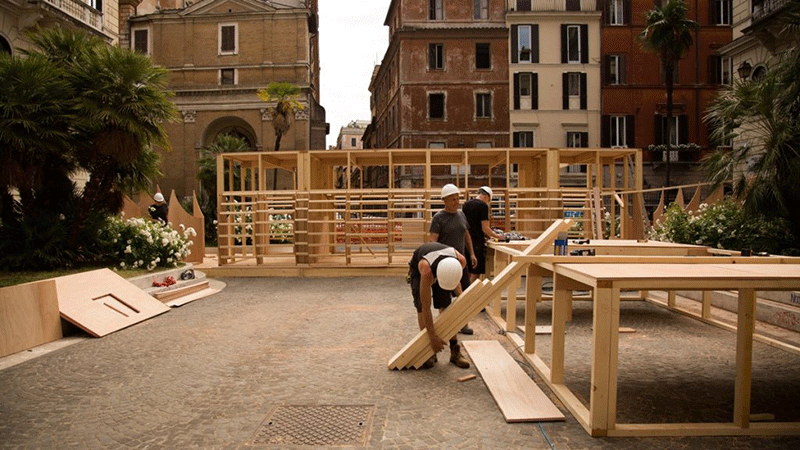
Chicago’s ship will measure 50’H x 24.6’W x 65.6’L and will launch during EXPO CHICAGO as part of IN/SITU Outside, a program for large-scale public sculpture. Additionally there will be a special exhibition booth of the Kabakovs’ artworks at EXPO CHICAGO, and the artists will participate in the /Dialogues program in partnership with the School of the Art Institute of Chicago.
While the project itself takes years to bring to life, the key components of the ship are made over a matter of days. The true message of the Ship of Tolerance comes more from the effort put into the act of creation rather than the work itself.
“The artwork is just the presentation. If you write a note to someone at this moment, you concentrate very strongly on what your message is and what you are thinking about. So for children the conversation about tolerance is the real art,” says Emilia. Much like slipping a message into a bottle before it’s tossed into the sea, there’s no telling how far the message will drift. The Ship of Tolerance will carry the pure, earnest wishes of so many children into the minds of many more.
By now the Kabakovs have done many projects around the world with thousands of children – from various cultures and of different religions. People tell the artists they are changed after a ship arrives in their city.
In a world where the headwinds are always strong, Emilia emphasizes, “We are not fighting against something. We are fighting for something.”
For a list of programs planned for Chicago visit expochicago.com and shipoftolerance.org.
Events begin September 17, 2019.
